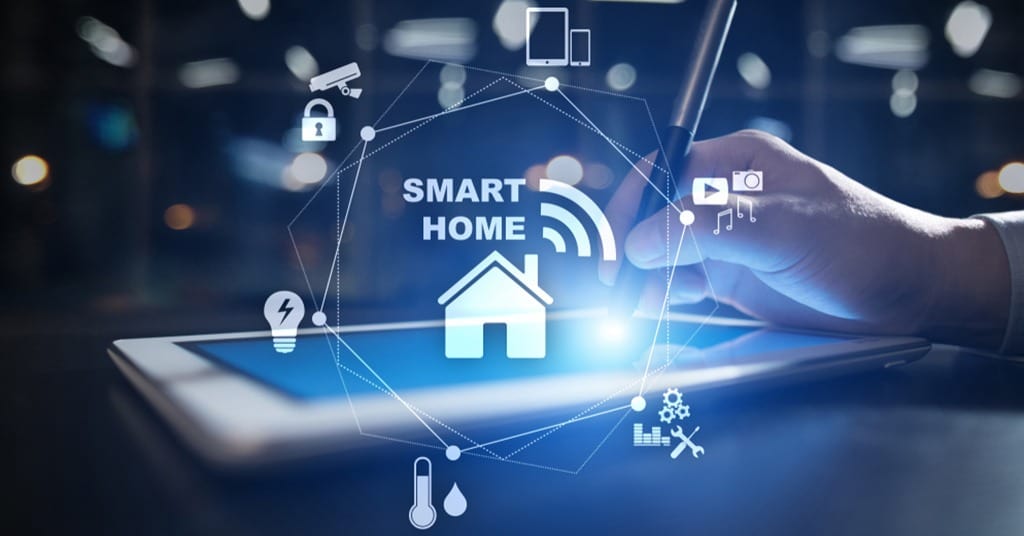
In an era where technology permeates every aspect of our lives, our homes are no exception. The rise of consumer electronics has given birth to a new wave of innovation, turning our humble abodes into smart, interconnected spaces that cater to our convenience and security. Smart home devices have emerged as the cornerstone of this revolution, revolutionizing the way we interact with our living spaces.
The Genesis of Smart Homes
The concept of smart homes began with the simple automation of tasks like adjusting thermostats and turning lights on and off remotely. However, the landscape has evolved dramatically since then. Today, smart home devices encompass a wide array of products that can be controlled via smartphones, voice assistants, and even our gestures.
The Role of Voice Assistants
Voice assistants, led by pioneers like Amazon’s Alexa, Google Assistant, and Apple’s Siri, have played a pivotal role in the proliferation of smart home devices. These virtual companions have transformed the way we interact with our surroundings, allowing us to control devices, access information, and even shop, all through simple voice commands. From setting timers to adjusting room temperature, voice assistants have become the nucleus of our smart homes.
A Multitude of Devices
The spectrum of smart home devices is expansive, catering to various aspects of our lives. Smart thermostats learn our preferences and adjust the temperature accordingly, not just saving energy but enhancing comfort. Smart locks grant us keyless entry and the ability to remotely monitor our homes’ security. Smart cameras provide real-time surveillance and notifications, allowing us to keep an eye on our homes even when we’re miles away.
Home Entertainment Redefined
Consumer electronics have also transformed our home entertainment experiences. Smart TVs, once limited to displaying cable channels, now offer streaming capabilities, app integrations, and voice control. Soundbars and speakers equipped with smart technology deliver immersive audio experiences, whether we’re listening to music or watching a movie.
Challenges and Considerations
While the rise of smart home devices offers convenience and comfort, it also raises concerns about privacy and security. As these devices gather data about our preferences and habits, ensuring the protection of this data becomes paramount. Manufacturers are investing in encryption and secure protocols to safeguard user information, and users are encouraged to stay informed about device security settings.
The Future of Smart Homes
As technology continues to advance, the possibilities for smart homes are limitless. Interconnectivity between devices will increase, creating a seamless ecosystem where devices communicate and adapt to our routines. Artificial intelligence and machine learning will further enhance automation, making our homes smarter and more intuitive.
In conclusion, consumer electronics have paved the way for a new era of smart homes. From voice-controlled assistants to devices that monitor our surroundings and enhance our entertainment, these innovations have transformed houses into high-tech havens. As the journey towards smarter living continues, the key lies in striking a balance between convenience and security, ensuring that our homes remain sanctuaries of both comfort and privacy in an increasingly digital world.






